Beakuency welcomes Ben Nickley, the executive director of Berkshire Bird Observatory, a bird conservation nonprofit in Egremont, MA. In this interview, we hear about BBO’s Kestrel Nest Box Project which provides nest sites to American Kestrels, the smallest falcons in North America whose population is in steep decline. The project spans southern Berkshire County and bordering counties in New York State, and Ben shares how the collaboration with farmers, local non-profits, town and state governments not only bolsters kestrel populations in our region, but also helps the community build relationships with one another.
BBO’s website: https://www.berkshirebirds.org
This interview was recorded in May 2024, and broadcasted on June 22nd 2024 on Wave Farm’s WGXC 90.7 FM.
Interview Transcript
Mayuko Fujino: Thank you for taking time to do this interview with me.
Ben Nickley: Yes, thank you.
MF: Could you introduce yourself?
BN: Yeah. Hi, I'm Ben Nickley. I'm the executive director of Berkshire Bird Observatory.
MF: And could you tell us what Berkshire Bird Observatory is?
BN: Sure. Berkshire Bird Observatory is a 501c3 nonprofit, and our mission is to promote the conservation of birds through science, partnerships and education. And we work primarily in the Berkshires. Berkshire County, Massachusetts, with a more of a south county focus. But we do get into Connecticut a little bit and New York State because we're in this tri-state area. Some of our projects spill over state lines because, of course, the birds that we study and care about spill over state lines. Many of them are migratory, so they even are international.
MF: One of which is the kestrel nest box project. You started coming into Columbia county recently. Could you tell us what this project is about?
BN: The American kestrel is a spectacular little falcon. They're a bird of prey, and they're pretty small for a falcon. I like to think of them as pocket falcons. You could almost fit them in your pocket. They're about the size of a blue jay, and they are very bright, vibrant, agile birds.
They're really remarkable. And unfortunately, kestrels have experienced steep declines, about 70% declines in the last 50 or so years in the Northeast in our region here. And so these declines are alarming and they're perplexing. So what we want to know is why they're declining. And there have been a couple of studies, and there are current ongoing studies to get at causes of these declines.
And so what I'm doing locally is putting out bird boxes to provide breeding structures for these birds. Because kestrels, even though they're falcons, they're birds of prey, they actually are cavity nesters too. So they will make their nests in big holes and big dead trees. That's the natural sort of nesting structure that they'll use.
But they'll also use bird boxes. If you make a big enough bird box for them and you put it up in suitable habitat, they'll use them. So that's a really cool opportunity for us, not only to promote their populations by providing this limiting resource, but also for us to monitor what's going on.
So our kestrel nest box project is focused on south Berkshire county, but it also gets into Columbia county and Dutchess County, New York State. And we're putting these boxes out in suitable habitat, open habitat, because kestrels are birds of open country. They like grasslands, pasture land, farmland, weedy hedgerows, wetlands on the margins of their territories are really nice, and dead wood, dead trees, power lines. Exposed perches are really good because they do a lot of hunting from exposed perches like that. So I'm going around and looking for good habitat and then making contact with our local landowners, organic farmers, other non profits in the area, like Columbia Land Conservancy in Columbia county, who has partnered up with us on this, and the Hawthorne Valley Waldorf School and Farmscape Ecology people have partnered up with this.
So it's a big collaborative partnership to try to get these boxes out so we can increase the local kestrel population, but also so that we can monitor the boxes and understand which boxes are being used, what's the landscape like around those boxes and what are the features in the landscape that are likely to lead to successful nests and yon of the year fledging from those boxes.
So it's a study, that's a local study, but we also share our data with a big nonprofit, the Peregrine Fund, which is coordinating an American kestrel partnership that is nationwide and they'll do a continent wide scale analysis on this data that we contribute to them.
MF: So how many boxes have you installed so far, and what's the percentage look like with the nest boxes being occupied?
BN: This year, right now I think we're at 54 boxes, which is quite a few. And last year we were about half of that. So many of these boxes just went up this winter to be ready for the birds in the spring when they started arriving. And I just finished our second nest check. And as of now, we have 15 of those boxes with kestrels in them, each either eggs or chicks in the boxes. So that's about a 30% occupancy rate, which is actually really good. We don't ever expect to be anywhere near like 100% for these. Other people that have kestrel nest box trails, the range is somewhere from like 10% to maybe 40% occupancy. So we're kind of right in the middle of that. And I'm very excited about that. And my aim is to span the habitat gradient, the gradient of areas that kestrels might use, because I don't want to bias my study by just putting boxes in areas that I think are just perfect for kestrels.
I want the data to tell me what kestrels need and what they want. And so to do that, you need to put some boxes out in maybe marginally suitable habitats and see if they get used and see if they're successful.
MF: So you make the assessment of the field. But still, like you said, some succeed and some stay unoccupied.
BN: That's right. But this project started three years ago with just a couple of boxes, and we've seen some sites that were not occupied in previous years being occupied this year. So also as we increase the local kestrel population, maybe more of those boxes in habitats that maybe weren't the best will become occupied. So it'll be interesting to see how these things change over time.
And then another component to this project is I'm going to color band these birds so we can field identify them as individuals going forward. So I'll color band the chicks this year, and then next year I hope to enlist the help of some of our local birders, maybe some birders from Columbia county as well, to try to put binoculars on these birds and see if maybe a bird that came from a box here at Jug End [State Reservation & Wildlife Management Area] if it shows up in Columbia county or something like that. So we want to learn more about their movement patterns as well.
And just one final thing, our state ornithologist, Drew Vitz is going to come out this summer and put some Motus tags on some of our kestrels. And Motus is a remote telemetry system where a bird with a Motus tag, if it flies within 15 km of a Motus tower, it'll ping that tower and the tower will say, oh, that individual was here at this time. And these towers are all over the place. So we can learn about their migration too, really learn a lot about where they're moving, stopover habitat and things like that.
MF: Have you made any observation as to, in addition to where the population is, but any factor, environmental factor that maybe encourage kestrel to nest?
BN: Just features on the landscape that I think they really hone in on and need are exposed perches around good sort of grassland habitat. So big dead trees, trees with dead limbs, dead wood really means a lot. It's very important for a lot of insect species. A lot of our cavity nesting birds, whether they're primary cavity nesters like woodpeckers, or secondary cavity users like kestrels, dead trees are really an important feature on the Landscape and then also, you know, just weedy margins. There's this idea that, cutting everything down and trimming everything up is clean or better or tidy. But you know, it's those weedy margins that a lot of our wildlife really depend on in working landscapes to be around human activity. So hedgerows can be really good, and protected wetlands on the edge of an open field. Those provide the habitat for a lot of prey species that kestrels depend on.
MF: There's the study around insect population decrease, closely linked to kestrel population.
BN: Definitely. So, you know, grasshoppers, they eat a lot of grasshoppers and other big insects. And so to have the insect abundance and diversity, you really need diversity in the plant life and farming practices that kind of promote insects as well.
MF: What about the competition with some other birds?
BN: The biggest thing for us is the European starling, which is an introduced species that it's considered invasive. They have huge population numbers and they're cavity nesters. So starlings will compete for kestrels for the boxes that we put out. I've had to evict starling nests from many of our boxes. And you would think, well, kestrel is a falcon, you know. They've got talons, they will eat birds occasionally, not often, but occasionally. And I've actually seen them take down starlings before. But starlings are tenacious and if they get in a box, they can actually hold on to that. If they get in there first, they can out compete the kestrels for some of these sites. So that's the biggest thing.
In terms of our other birds of prey, they don't really compete with like a red tail hawk, that's a bigger bird that's eating much bigger prey. They just do a totally different thing. Kestrels will sometimes mob or dive bomb red tail hawks, be like, “get out of here!” We actually see that at Jug End a lot. If a red tail flies over the field where we have a kestrel box, the kestrels come in, they're like, nope, get out of here. But it's not direct competition for food resources or nest sites.
So the European starling is the biggest one.
MF: The one (nest box) in over mountains taken over by tree swallow, I think.
BN: Well that's not a takeover. That's just maybe the kestrels there weren't paired up or something. And you know, that's great. We're happy to provide a palace for a (eastern) bluebird or a tree swallow, because those are native birds that are really awesome, cool birds. So if I have native birds in our kestrel boxes, I just let them carry on.
And if the kestrels show up and there's a tree swallow trying to make a nest, I think the kestrel is going to end up in that box.
MF: So is there not so much strategy around the box design to eliminate certain type of birds? I saw some little nuts (like bolts and nuts) hanging down by the nest box entrance to discourage house sparrows. This was for littler nest boxes for eastern bluebird.
BN: For kestrels, there's really nothing we can do, as far as I know, around the box to discourage starlings because kestrels need a big cavity that would allow a much smaller bird like a starling to get in there. But that's interesting to think about if there could be a design that might help. But, yeah, I don't know of anything.
MF: Where is the collected data going and how will it be used?
BN: For the kestrel project, I have my own database, of course, on my computer, and I will do my own local analysis based on the data that I collect. But I don't just keep the data to myself. I share it with our partners. So one of our partners is Mass Wildlife, the state wildlife agency in Massachusetts.
They get all of our data not just from our kestrel project, but also from our migration monitoring banding, which we're doing here today at Jug End. And then I also share our data with the Peregrine Fund, which I mentioned before, is a big nonprofit focused on raptor conservation, not just of kestrels, but of all birds of prey.
And they have a team of scientists that can do a continent scale analysis on data from these various kestrel nest box projects that are going on all across North America to understand what's causing kestrel declines range wide. So they can do the big scale analysis and we contribute, but we can do a local analysis to try to figure out what our birds need locally here in Berkshire county and Columbia county and some parts of Connecticut and eastern New York.
MF: With the kestrel, there's no clear cause that you can pinpoint (for its decline), like with bald eagle there was DDT. But it's not like that with kestrel.
BN: There's a lot of contributing factors, probably. So insect declines are definitely a factor, lack of suitable nesting structures, you know. Just sort of clean, big, big farm, big agricultural practices. Reforestation in the northeast is another thing because these are birds of open country. And so we've lost some of our open grasslands and kestrels sort of need that.
So there's a number of contributing factors and we kind of want to figure out what they need in our area.
MF: So that's one of the goals of this project.
What seems really amazing to me is that, you know, not everybody cares about kestrel… Not everybody even knows what kestrel is.
BN: Sure.
MF: How do you get them interested or involved? Because it seems like this kestrel nest box project is really bringing community together.
BN: Yeah, it is. It's a big collaborative project with other non profits, government agencies, local towns and also local people, landowners, private individuals. And so when I go to someone's farm or whatever and reach out, I love it when they don't know what a kestrel is because it gives me an opportunity to, to just show them a picture and like, look at this spectacular bird that's around, you know, that they could potentially use your farm. And guess what, they eat insects. They eat mice and voles and things like that too. So there's a benefit for having them around on the landscape and it's just an easy thing to pitch. Kestrels are spectacular birds. They're absolutely stunning, not just in their plumage, but in their behavior, how they fly. They can do this flutter butterfly flight, they can kite in the winds. They're a falcon with these aerial high speed chases and things like that. So it's really kind of easy for me to get people interested.
And what I love is, it helps me connect with people and get them interested. Not just about kestrels, but conservation habitats and birds in general. So kestrels are a great ambassador species for open land and also lands that are working lands. How we can use our working lands to support wildlife alongside agricultural use and things like that, which of course we need. We all depend on farms for food.
In our community here in the Berkshires, there's been overwhelming support for this. There's a lot of conservation-minded people out here. And so it's been very easy to connect and to build a community and a partnership here locally with kestrel sort of right at the center of that.
MF: You sound like the perfect salesperson for kestrels. But sometimes it's so hard to engage with people. I mean, Molly (Adams, the founder of the Feminist Bird Club, also present at the interview) was just talking about Piping plover that nest in the beach. [Birders have] tried to have a conversation with people, show them what [the bird] looks like… it is such a cute bird, [yet] some people just don't want to engage.
Or in a closer case in Hillsdale (New York), about the mowing practice in Roe Jan Park. You know, it's controversial everywhere. Trying to talk to the local people, like at the town meeting, trying to pitch the idea of the Bobolinks nesting there. It's sometimes hard to get them even interested.
BN: Yeah, yeah. It's tougher sometimes. When you have like a conflict where, for a plover, for example, a Piping plover, well, they have to close certain sections of the beach to protect the nesting habitat. But then you have a lot of beachgoers who really are caring about access, their use of the beach.
And so that is a challenge that is difficult to navigate. But I'm lucky with this project because kestrels don't interfere with anything. It's not like you can't do what you're doing on your farm. So it's really just a positive. It doesn't limit what people can do.
MF: Right. There's not so much complexity around balancing people's needs versus the nature conservation, which is always the challenge. But yeah, I just love seeing people participating in the walks [that Ben hosted] to hear about what they don't know, and incorporate it in their land management. It seemed to me you're providing action plans that people can immediately get onto, which is really positive. [It] makes people feel like they're doing something.
BN: Yeah, and they are. I mean, it's a collaboration and we couldn't do it without the help of landowners who host the boxes, other non profits that host them, our volunteers that build the boxes. So it is a huge collaborative effort and it brings everyone in together to help an imperiled bird species. That's just really cool. And so it's been very rewarding for me and especially because I see the benefits right away. Not just with people getting excited about birds, and the connections we're making in the community, but also baby kestrels are flying out of boxes. So I see the on-the-ground conservation results from our combined efforts. We are making a difference.
And, you know, for someone who's trained as a scientist, I write reports, maybe I publish a paper, like I hope someone maybe read that or something. But you don't always see the tangible benefits. But this project I do. I see it in the people we interact with and engage, and I see it in terms of kestrel numbers increasing locally. So it's been very rewarding.
MF: For those people who are listening to this interview, if they want to join that community, what can they do to help?
BN: If people want to help kestrels, they can get in touch with me. If it's a landowner or an organization that has open land and they'd like to host a kestrel box sort of in our area right near southeastern Berkshire county, like Columbia County, New York, they can get in touch with me.
Also, we always need people to build boxes. If anyone's interested in building a kestrel box, that could be very helpful. And as a small 501c3 nonprofit, Berkshire Bird Observatory depends on donations from our supporters. So making a contribution, anything, even a small contribution, is immensely important to us. So if you want to find out more information about our kestrel project or our various other projects, you can find us online at berkshirebirds.org, so check us out.
MF: Okay! Thank you.
BN: Thanks.
Bird-inspired music the month
An eagle-tune by Stephan Micus, a brand new release by Canadian field recordist & musician Dalton Alexander, and Kuş Dili: The Language of Birds by DÜNYA ensemble, a musicians’ collective based in Boston, MA.







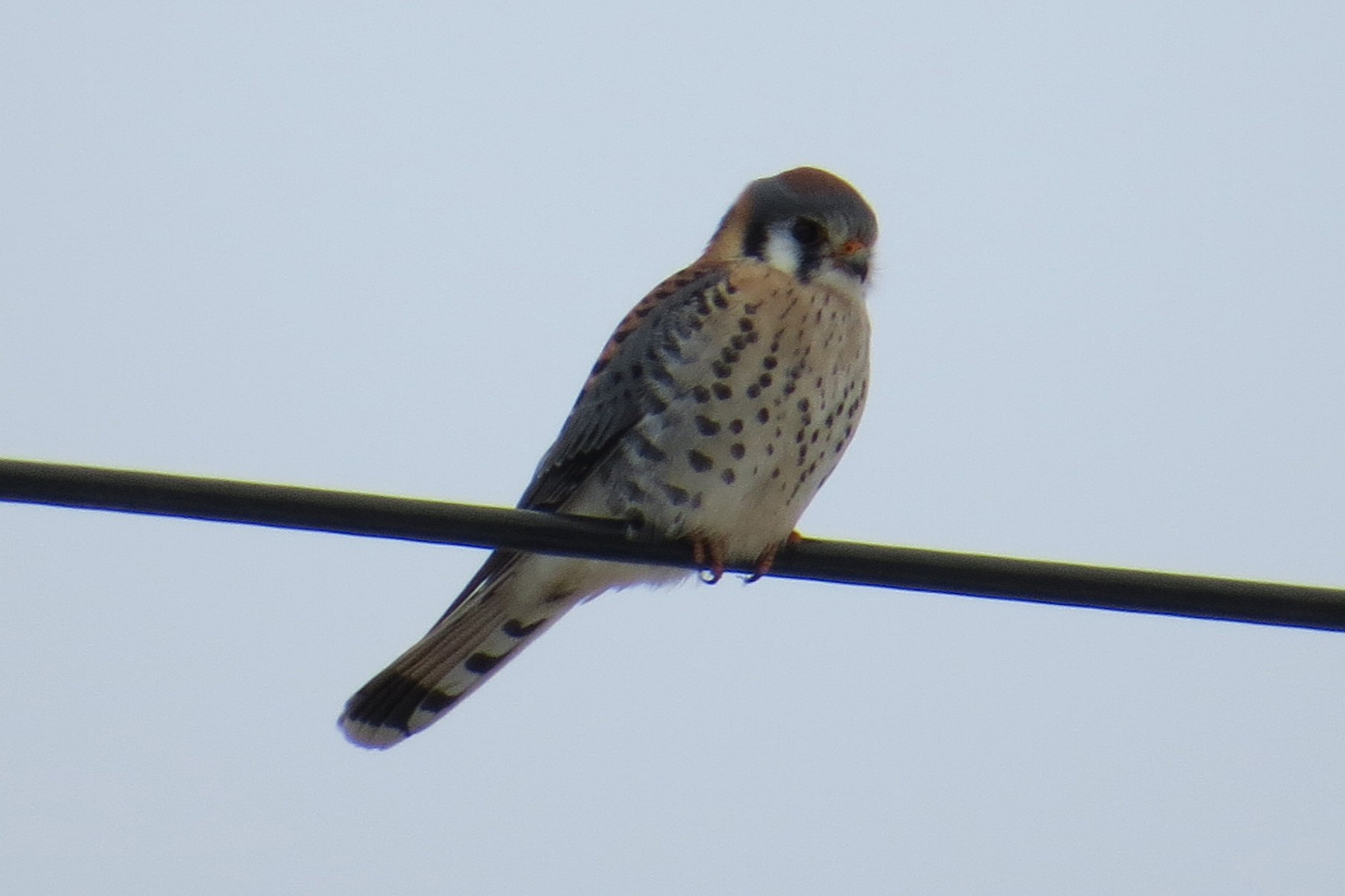



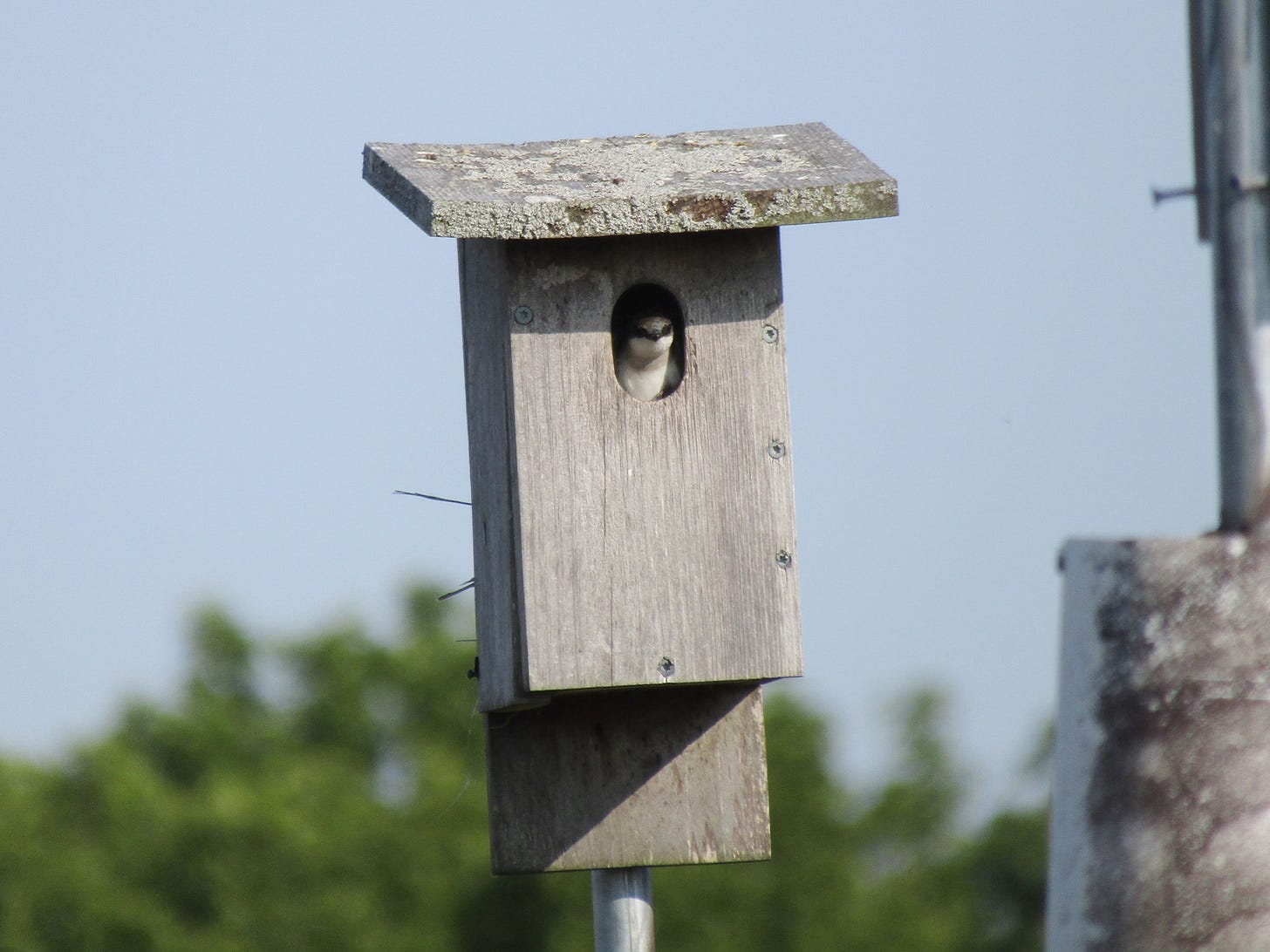
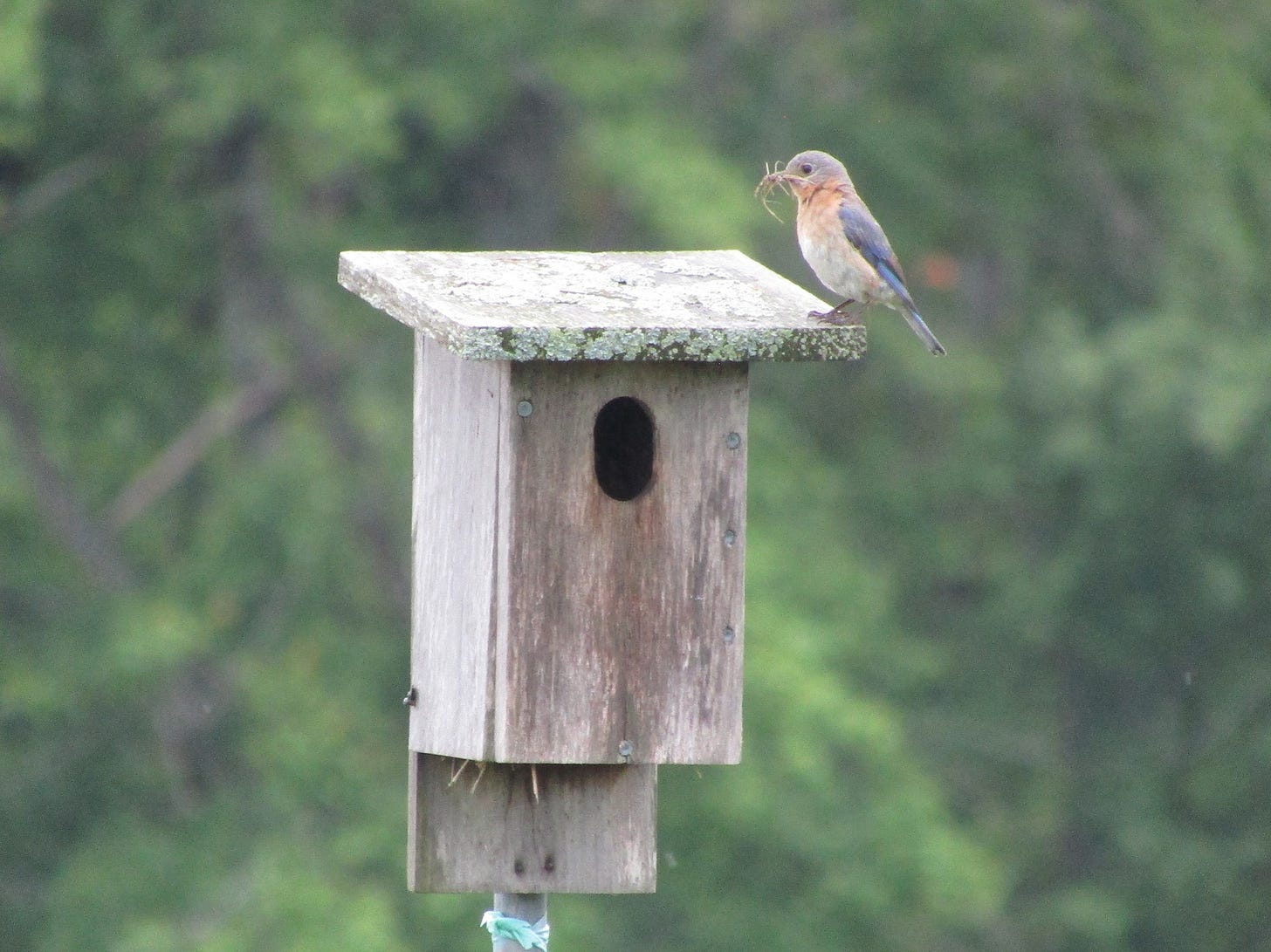



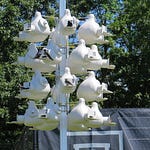




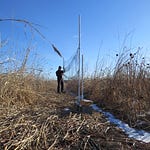


Share this post